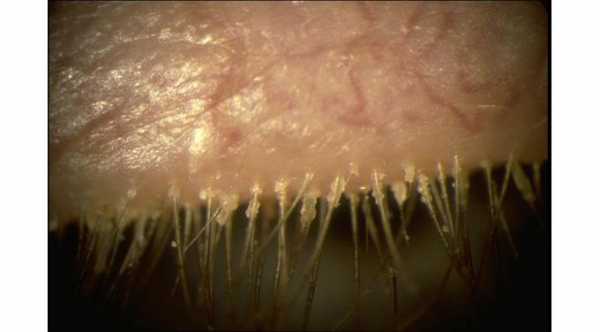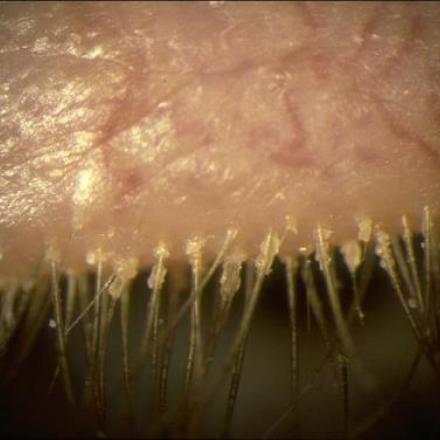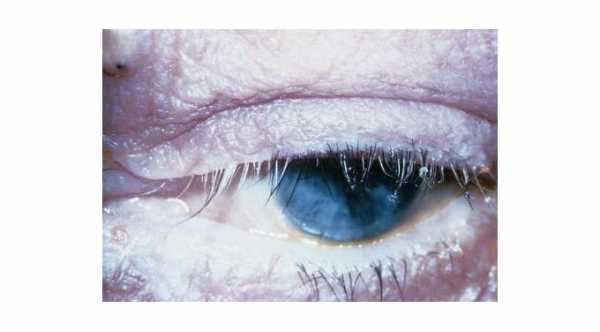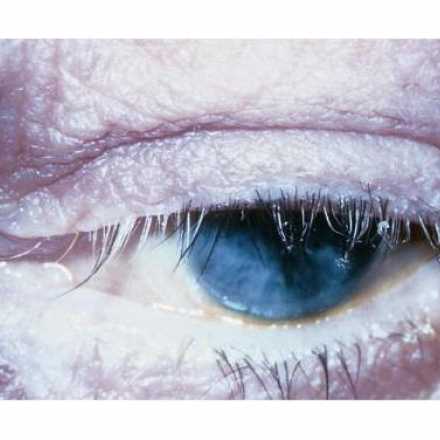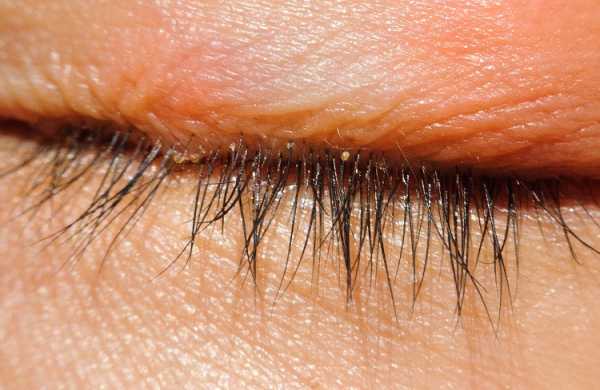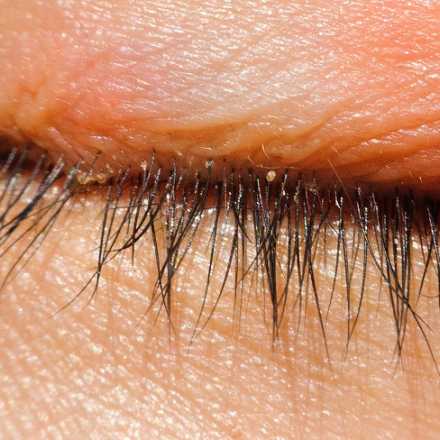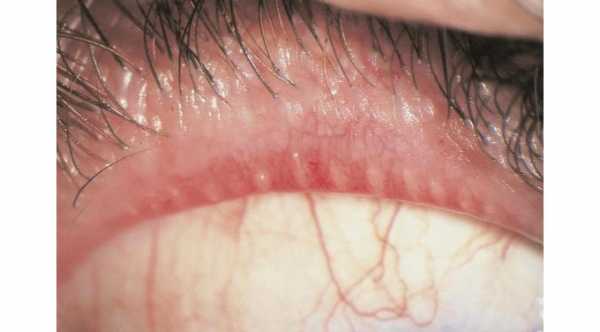
Posterior Blepharitis
Posterior blepharitis is type of blepharitis that occurs in the posterior or back margin of the eyelid. There are special glands at the posterior margin of the eyelid called meibomian glands which secret lipid into the anterior surface of the eye. This lipid is a component of tear film and it prevents the evaporation of tears.
This type of blepharitis is mainly related to meibomian gland dysfunction. With time these secretions block the orifice of these glands and the stagnant material becomes a good growth medium for the bacteria to live causing eyelid inflammation and infection.
Causes of Posterior Blepharitis
- Meibomian Seborrhoea
In Meibomian Seborrhoea there is excessive lipid secretion and these lipids will be deposited on the posterior margin of the eyelid. It is usually associated with acne rosacea which is associated with pustules, rhinophyma (red swollen nose), telangiectasia (diluted vessels of the skin, nose or eyelid) and erythema of the skin and eyelid margins.
- Meibomianitis
In Meibomianitis there is infection or inflammation of these glands with obstruction of ducts.



